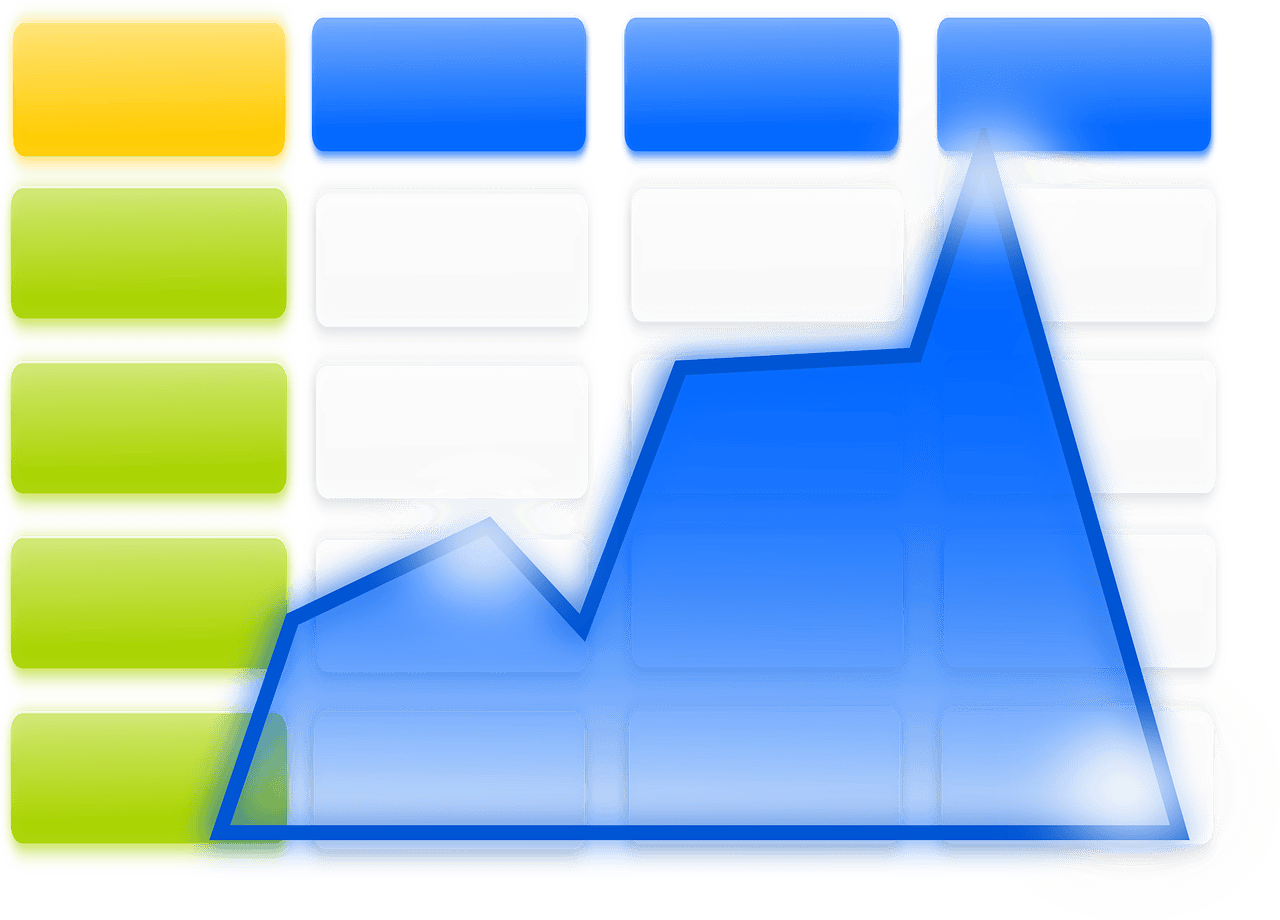How to Work in Microsoft Excel: A Comprehensive Guide
1. Getting Started with Excel
Opening Excel
To start using Microsoft Excel, locate the application on your computer. You can find it in the Start menu or search for it using the search bar. Click on “Blank Workbook” to open a new spreadsheet.
Basic Terminology and Layout
Familiarize yourself with key terms like cells, rows, columns, and ranges. Understanding the layout of an Excel workbook will help you navigate and utilize its features effectively.
2. Creating and Saving Workbooks
Creating a Blank Workbook
Create a new blank workbook by selecting “File” > “New” > “Blank Workbook”. This is your workspace for entering and managing data.
Saving Your Workbook
To save your workbook, go to “File” > “Save As”. Choose a location, name your file, and select a file format (e.g., .xlsx, .xls). Regularly saving your work is crucial to avoid data loss.
3. Entering Data
Entering Cell Values
Click on a cell to make it active and start typing to enter data. Use the arrow keys to navigate between cells, making data entry seamless.
Formatting Data
Highlight your data to format it. You can change font styles, colors, and alignment using the options in the Home tab. Formatting improves the readability of your data.
4. Formulas and Functions
Basic Formulas
Use formulas like =SUM(A1:A10) to calculate totals, or =AVERAGE(B1:B10) for averages. Understanding these functions is essential for basic calculations.
Advanced Functions
Explore functions such as VLOOKUP and PIVOT TABLES for data analysis. These tools enhance your ability to manipulate and analyze data efficiently.
5. Data Analysis
PivotTables
Create PivotTables to summarize and analyze large datasets. To do this, select your data range, then navigate to “Insert” > “PivotTable”. Follow the prompts to customize your analysis.
Charts and Graphs
Visualize your data by creating charts. Highlight your data, then go to “Insert” > “Charts” and select a chart type. Customizing your charts can help in presenting your data effectively.
6. Formatting and Styling
Cell Styles
Cell styles allow you to apply predefined formatting quickly. Explore the styles option in the Home tab to make your data visually appealing.
Text Wrapping and Merging Cells
For better organization, use text wrapping to keep long entries visible or merge cells for titles or headings. This can be done through the formatting options in the Home tab.
7. Shortcuts and Efficiency
Excel Shortcuts
Ctrl + C– CopyCtrl + V– PasteCtrl + Z– UndoCtrl + S– Save
AutoFill and Flash Fill
Use AutoFill to quickly enter a series of data by dragging the fill handle of a selected cell. Flash Fill automatically fills in values based on patterns you’ve started.
8. Printing and Publishing
Printing Options
Before printing, go to “File” > “Print” and check your print area, orientation, and margins. This ensures your printed worksheet looks professional.
Publishing Options
Share your workbook by saving it in a cloud location like OneDrive or SharePoint. This allows for collaboration and easy access from different devices.
9. Advanced Features
Conditional Formatting
Use conditional formatting to change the appearance of cells based on specific criteria. This is useful for highlighting key data points.
Macros
Macros allow you to automate repetitive tasks. Record a macro by going to “View” > “Macros” > “Record Macro” and follow the prompts.
10. Practice and Resources
Practice Files
To practice your skills, access various practice files available online. Websites like Excel Foundations offer templates and sample spreadsheets for hands-on learning.
Additional Resources
Explore our recommended resources, including courses and tutorials that cater to all skill levels. Check out our articles for deeper dives, such as Master Excel with Our Comprehensive Excel Tutorial Course Guide.
Support Excel Foundations
If you found this guide helpful, consider supporting our mission at Excel Foundations by donating or purchasing our ebook.
Next Steps
- Start Practicing: Open Microsoft Excel on your computer and begin by creating a simple workbook. Follow the steps outlined in the Getting Started with Excel section to familiarize yourself with the interface.
- Watch Tutorial Videos: Enhance your learning by watching video tutorials. Check out this YouTube video on basic Excel functions to see practical applications of what you’ve learned.
- Download Practice Files: Access practice files and templates available on Excel Foundations to reinforce your skills through hands-on experience.
- Explore Advanced Functions: Once you’re comfortable with the basics, dive deeper into more advanced functions like VLOOKUP and PivotTables. Refer to our blog post on advanced Excel techniques for guidance.
- Join Excel Communities: Engage with other learners by joining online forums or Excel-focused communities where you can ask questions, share insights, and learn from others.
